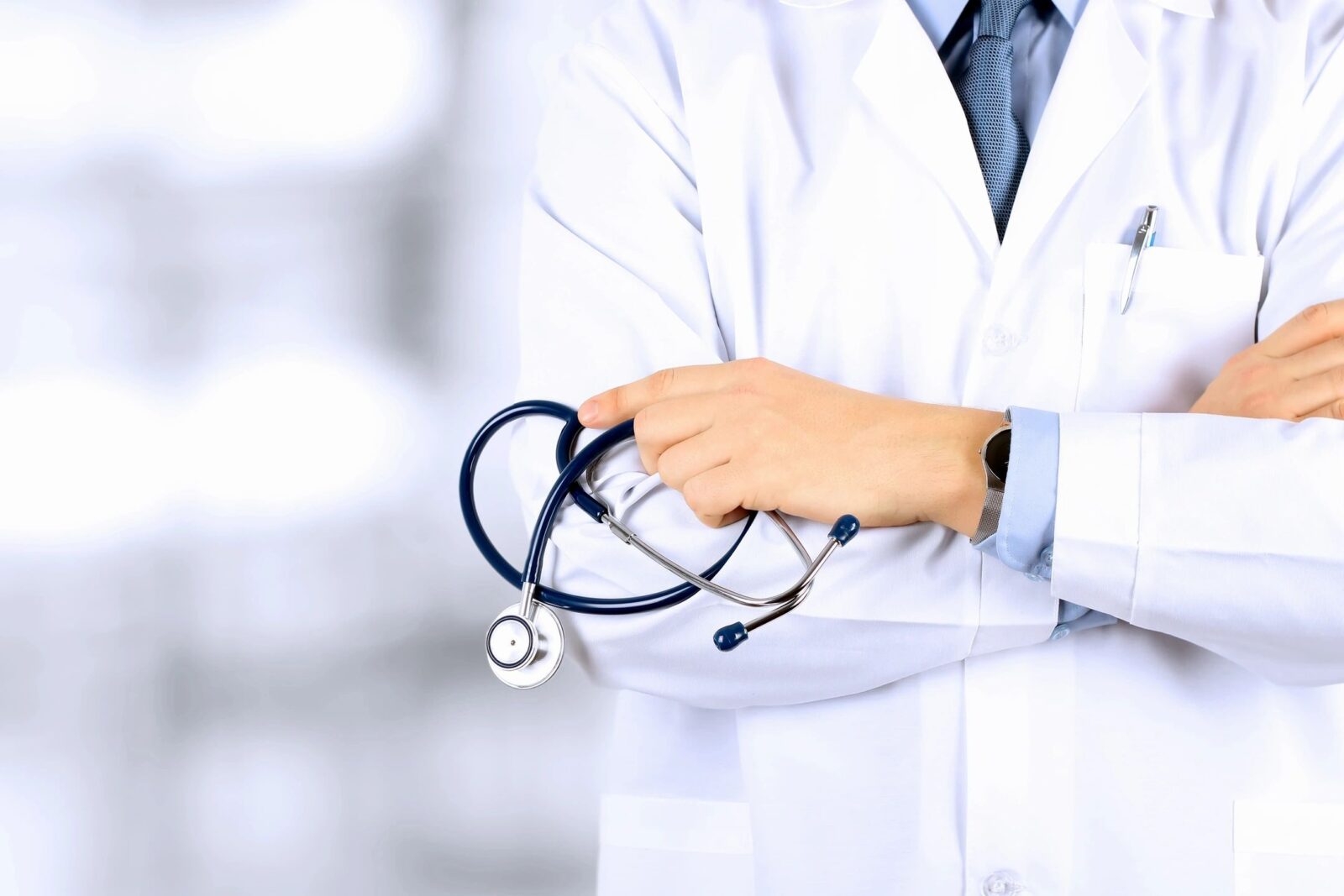There are lots of products out there aimed at landing in our pockets during clinicals. But what, during your clinical rotations, do you actually need to carry with you? I started with so much and it slowly started paring back over time. Below is a list of things that I always carried, things that I kept in my bag, and things that I thought that I needed but just never really did.
ALWAYS CARRIED
These are going to be annoyingly obvious. The truth is that there just isn’t that much that you need to have to get through the day. Inpatient or outpatient, you can survive your day pretty easily if you carry just these few things:
- One or two good but relatively cheap pens, just to be sure that you have a backup. Actually, my favorite pen to carry around was that super nerdy engineering pen that has 4 colors in one. I could keep my notes organized without having to keep swapping pens. They cost about $2.50/pen which is a little expensive for my taste but totally worth it. Don’t spend too much on your pens because there is a good chance that they may walk off plus you go through ink pretty quickly. Do spend enough to get ones that you enjoy writing with, though.
- Name badge, because, duh.
- Stethoscope. This is also a kind of a “duh” one, but it’s surprising how often I see clinicians, both practicing and future, who have misplaced or forgotten their stethoscope. These have become the symbol of medical personnel and there is something decidedly dodgy about having to borrow someone else’s. It just plain looks bad.
- Something to take notes in. I used a pocket sized spiral notebook that would last since I had to log patients for school as well as chart them in the EMR. It also offered a central place for me to take notes on any additional reading or lectures that I would sneak in throughout the day. Occasionally, my mind will wander and I’ll be distracted by personal life in the middle of a shift. I’m talking stupid things, like “what should I have for a menu at my graduation party?” Jotting these thoughts down in the back of my notebook gave me license to let go of them and get back to concentrating on the task at hand.
- Cell phone, like you’re not going to carry this with you anyway. However, be careful with this one! Even if you are studying or looking up information, you absolutely look like you’re checking social media. The only times a patient would ever catch me on my phone is if my preceptor explicitly asked me to find some information or if I verbalized what I was looking up to the patient (“I want to double check the list of potential side effects with that medication. Do you mind if I look it up for a moment?”)
KEPT IN THE BAG
- Phone charger for obvious reasons
- Tablet for when I had a chance to spend a little bit more time reading. There were some inpatient rotations where I might get random 15 minute breaks but I didn’t know where I would be. On those days, I would slip my tablet into my white coat. Reading text books is just a bit easier on a tablet versus a phone.
- Reflex hammer. This is somewhere in between. I didn’t use it enough to carry it around all of the time, but enough that I would think about it. Same goes for a penlight.
- Travel toiletries. My wife says that I have a bit of an obsession, and I think she might be right. It is very handy, though, to have things like a travel toothbrush, pit deodorant and other such things, just in case.
- Headphones, for those random lectures and podcasts that you can slip in during down time. These are also helpful for when you’re in a community room, but seem to be the only one that wants to study. Headphones are the international sign for “don’t talk to me.”
- USB drive. I didn’t realize that people don’t carry these around anymore, until someone needed one and made fun of me for having it. Then they borrowed it, of course. Being able to move files offline is especially useful for things like library printers and student computer rooms.
THINGS I ALWAYS HAD BUT NEVER USED
1. Tuning fork. Well, I used it once or twice, but it really wasn’t necessary.
2. Highlighters – I just don’t highlight my notes and seldom work in physical textbooks.
3. Pocket guides. A lot of people say these are a must, but my phone can cover me on this. The thing I thought I would use it the most for was reminding me of lab values, but they’re usually listed right there on the report!
4. Travel toiletries. I know, but the truth is that I just didn’t use them all that much.
There is probably more that could go on this list, especially the Things I Always Had But Never Used section. Of course, this was written as a glittering generality and you may find your workflow to be a bit different. The main point of this article is to not overwhelm yourself with all these things that you think you’re supposed to have with you. The most important item you have is you. If you are working hard, actively engaging both your patients and your preceptor, you’ll be just fine. That is much more important than having three kinds of pens with you at all times.

